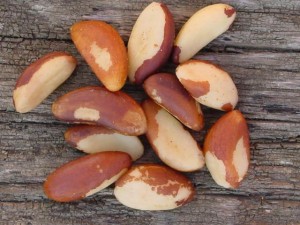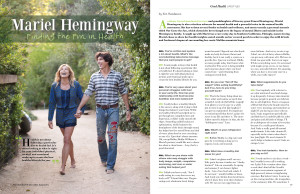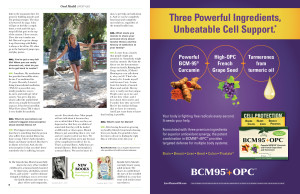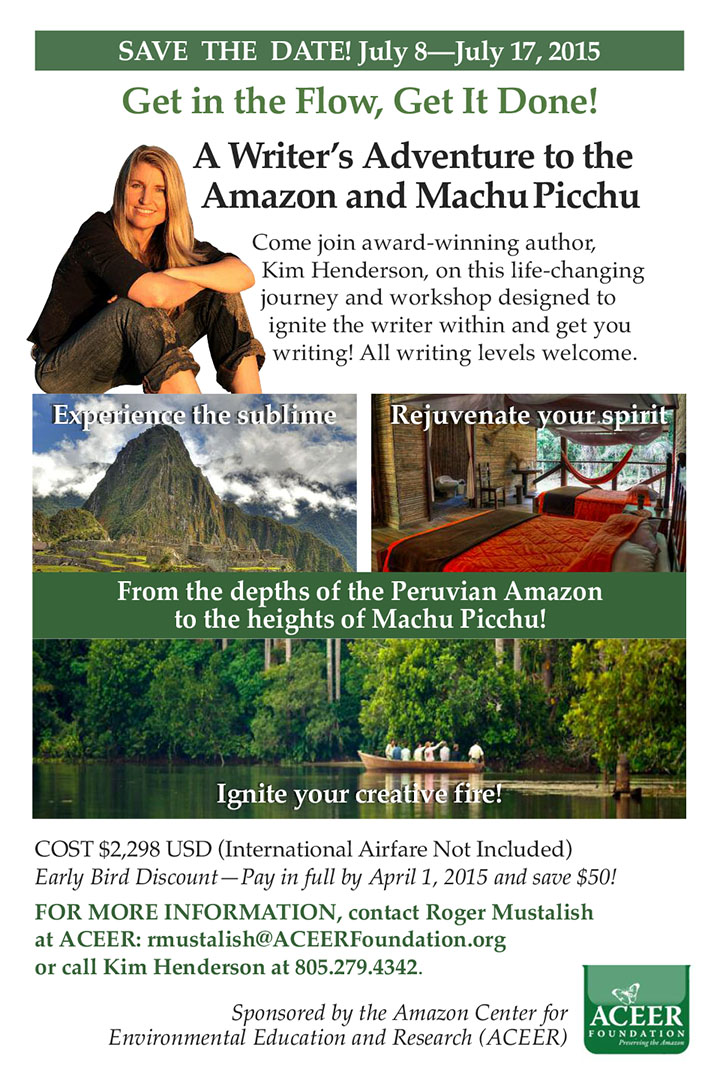
Need an easy gift for someone at the office, a neighbor, teacher or dear friend? Here’s one that has the added bonus of helping to save areas of the Amazon Rainforest: Brazil nuts!
You’ll be giving something really special as Brazil nuts are deliciously decadent, healthy and most of all, meaningful. Better yet, it takes very little time to salt and roast them in the oven to bring out their unique flavor.
But first, here’s the 411 on the Brazil nut-Amazon rainforest saving connection…
How Giving Brazil Nuts Saves the Rainforest
Brazil nut trees have a unique distinction that makes them important to the preservation of the Amazon rainforest — they flourish only in the Amazon’s untouched rainforest. Growing Brazil nut trees is quite difficult. Cultivation requires a particular species of bee as well as unique soil-content characteristics. Accordingly, attempts to cultivate Brazil nut trees on plantations have largely failed with only a few exceptions. Basically, if you want to harvest Brazil nuts, you can only do it in healthy tropical Amazon rainforest. That’s the great news. A thriving Brazil nut trade keeps significant areas of the Amazon rainforest intact! In fact, Brazil nuts are considered the most viable non-timber forest product (NTFP) in the Amazon, and they are the only wild-harvested tree nut in the world. Simply buying them helps support this mutually beneficial trade.
Brazil Nuts are Exotic, Delicious and Healthy!
Brazil nuts make a great gift because they come from the exotic Amazon rainforest and they are both delicious ad healthy. You can chop and add them to salads, pasta or rice dishes, baked goods, cereals, and sauces or have them by themselves as a snack. My personal favorite way to enjoy them is by adding them to chocolate chip cookies. Yum!
The Brazil nut holds a treasure trove of nutrition too! Brazil nuts are rich in selenium, copper, magnesium, fiber, vitamin E, amino acids, and essential fatty acids. They are one of the few nuts to have enough amino acids to make a complete protein (important to vegans and important in a snack). The fiber adds to a feeling of fullness, and selenium is a powerful antioxidant that is believed to help protect against breast and prostate cancer. One Brazil nut contains 780 percent of the U.S. selenium recommended daily allowance!
All you have to do is stop by your local health food or grocery store and pick up a pound or two of Brazil nuts (preferably organic). Come home and spread them out on a couple of cookie sheets. Preheat the oven to 375°, drizzle some high quality virgin olive oil on the nuts and sprinkle them lightly with sea salt or Himalayan salt and slip them in the oven for 10-12 minutes. Take them out; let them cool, and voila! You’ve got your nuts ready to go. Just fill them into a few canisters, boxes or mason jars that you can pretty with a red or green ribbon and you have several lovely, personal gifts.
The Gift that Gives
Enjoy Brazil nuts this holiday season whether giving them or eating them personally, and take extra pleasure in knowing that you are feeding your body something good as well as helping to bring sustainable income to those who live in the Amazon, which helps preserve the greatest rainforest on earth!






